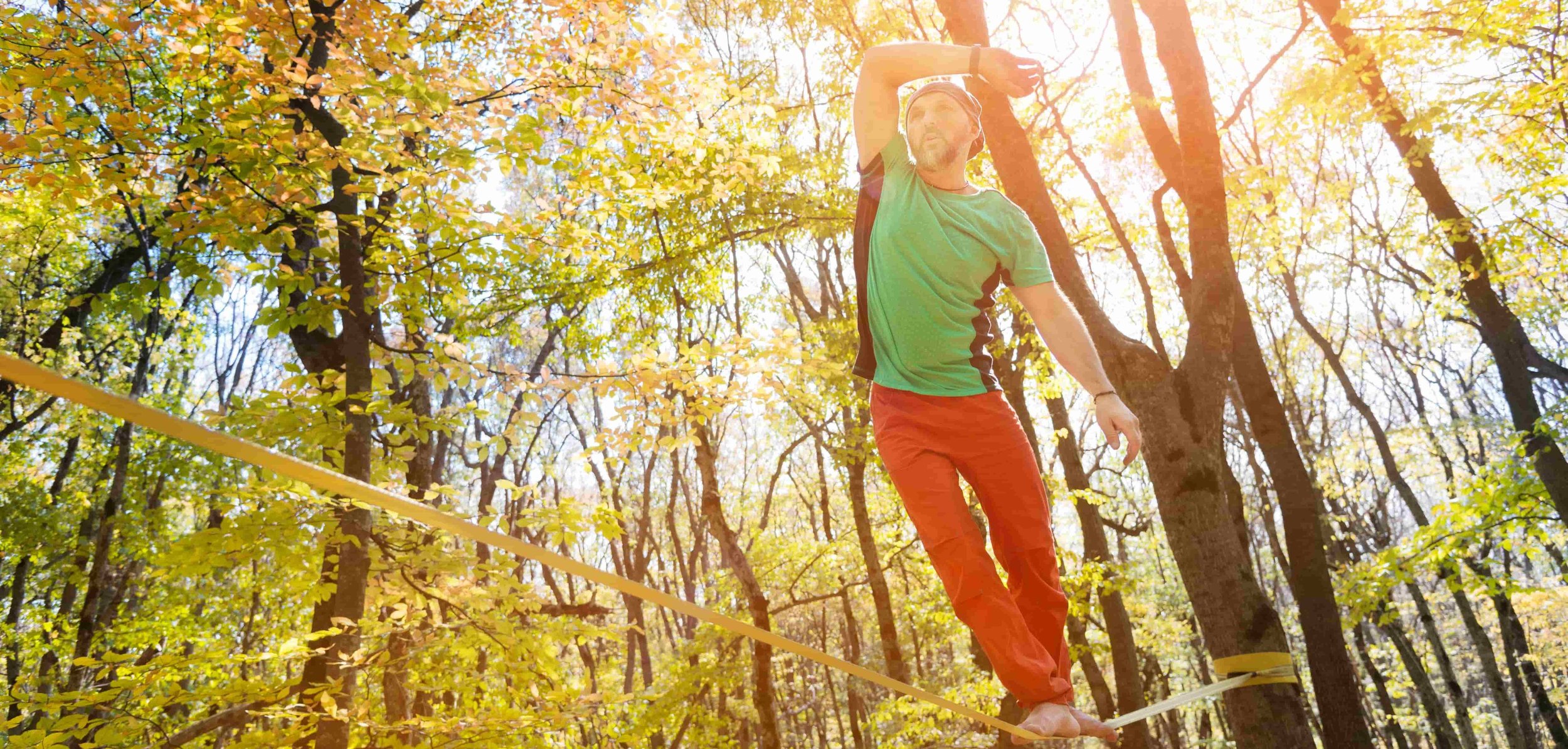#Balance
One of the advantages of using a barefoot shoe is the fact that this will tap into your balance skills more. Balance or proprioception is the sense that lets us understand the location, movement, and action of parts of the body. This is a very important aspect of our physiology and health.
So, before we get into more detail, let’s start by clearing the terms. Proprioception is the ability that our body (brain) has to know where our body is in relation to the space around us. This is an unconscious effort, but when part of this important skill is lost or reduced - you kinda miss it... well, you miss it very much!
Let’s take an example... You sprain your ankle and after that, you realise that you're spraining it more and more often. It’s like you want to place your foot in position A but your mind decides to place it sideways, and BAM that feeling again - ouch! The ability of our mind to know where the ankle is in relation to the ground and how to adapt to it is proprioception. Balance training plays a very important role. And there are several tools to work on your balance with the floor itself as a first step. At this point, you must be thinking of the single-leg balance we've all tried and got tired of. Yes, but there's much more you can do, so your balance training has more oomph!
1. The Beam:
The diameter of the beam is 5cm. This is a sweet spot for many different foot types. The idea of the solid beam is that you have to try and balance on it using 1 foot and progress to balancing with 2. The advantage of beam balancing is that because of its shape, you have to wrap your foot around the beam. This fires up the intrinsic and extrinsic muscle groups in the foot and lower leg. It’s like a 2-for-1 deal - testing your balance and mobilising your foot.
2. The Slackline:
The next and definitely the most fun (although harder) is a slackline. I’m sure you have seen highlining in circus acts or on TV. But here we aren't asking you to stand between 2 skyscrapers in the middle of New York (yes, there is a movie about that). You place the slackline as close to the ground as possible to avoid injuries and balance your way through its length. There are different types of slacklines, however, we always suggest starting easy. A good 5cm width and performing the exercises barefoot or with a minimalist shoe is the best way to start. The slackline also produces a vibration or bounce which varies from line to line.
Doing these exercises doesn't have to be boring! You can have fun at the beach or at the park by setting up a slackline and getting all your friends to train. Otherwise, set a Giboard at home or the office and take some time to do these exercises. Kids also love having it around. It’s a cool tool, fun and they kinda tire themselves on it by working on their balance.
3. The Blackboard
The Blackboard is also a balance tool but it doesn't only do that. It's also a great companion for foot and ankle strengthening! The control - or lack of - which the Blackboard produces, challenges specific foot movements that other tools do not.
You know what? Balancing is not for fit and athletic people only, it’s for everyone from kids to the elderly, the weak and strong. From walking on the pavement to running after grandchildren, working on balance is very important. It can make a huge difference in your everyday life!

